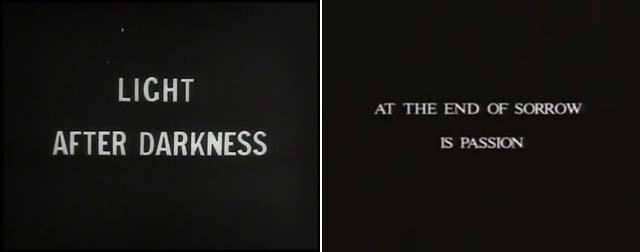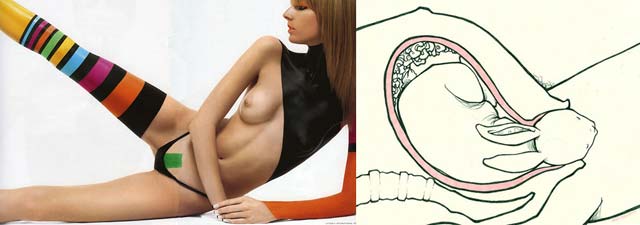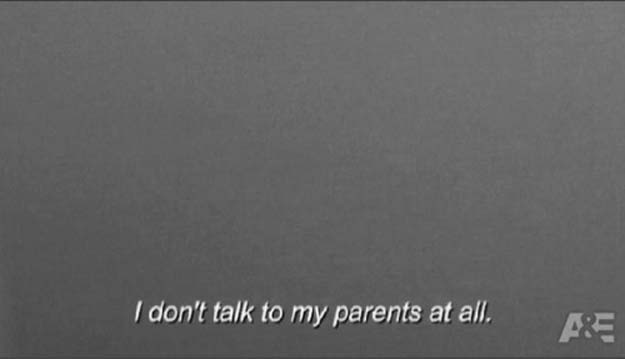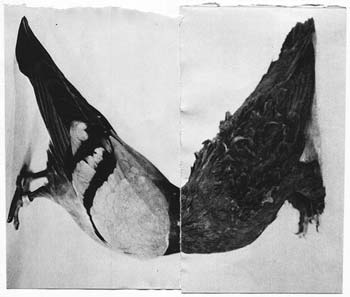‘Life is what happens while you’re busy making other plans.’ –John Lennon
Japan’s surprise intervention in currency markets has caught some of the world’s largest hedge funds by surprise, with big names suffering sharp reversals as the yen tumbled.
The Japanese currency saw its biggest daily fall this year on Wednesday, dropping more than 3 per cent from a 15-year high of Y82.88 against the dollar after the Japanese ministry of finance said that it had staged an intervention in the market, the first such action by Tokyo in six years.
Three London-based hedge funds suffered on their bullish yen positions, according to people familiar with the funds’ performances. All three funds use computer models to automatically spot and ride market trends, making them vulnerable to unexpected events including surprise action by governments and central banks. Other funds understood to have been hit by the intervention include several large global macro hedge funds and currency trading specialists.
‘Do what you can, with what you have, where you are.’ –T. Roosevelt
String theory suggests that matter can be broken down beyond electrons and quarks into tiny loops of vibrating strings. Those strings move and vibrate at different frequencies, giving particles distinctive properties like mass and charge. This strange idea could unite all the fundamental forces, explain the origins of fundamental particles and connect Einstein’s general relativity to quantum mechanics. But to do so, the theory requires six extra dimensions of space and time curled up inside the four that we’re used to.
To understand how these extra dimensions could hide from view, imagine a tightrope walker on a wire between two high buildings. To the tightrope walker, the wire is a one-dimensional line. But to a colony of ants crawling around the wire, the rope has a second dimension: its thickness. In the same way that the tightrope walker sees one dimension where the ants see two, we could see just three dimensions of space while strings see nine or ten.
Unfortunately, there’s no way to know if this picture is real. But although string theorists can’t test the big idea, they can use this vision of the world to describe natural phenomena like black holes. (…)
Now, physicists at Imperial College London and Stanford University have found a way to make string theory useful, not for a theory of everything, but for quantum entanglement.
‘In the long run we are all dead.’ –John Maynard Keynes
From the perspective of an anthropologist, or a psychologist, or someone trying to understand humanness: What is that thing? What is that mental process where we invisibilize something that’s present all the time? (…)
Why have we developed, or, rather, why have we found ourselves implicated in a system that not only generates so much trash, but relies upon the accelerating production of waste for its own perpetuation? (…)
Every single thing you see is future trash. Everything. (…)
There’s a Buddhist saying about housework, that it’s invisible labor because you see it only when it’s not done.
{ Interview with NY sanitation depart’s resident anthropologist | The Believer | Continue reading }
Li Pingri remembers swimming with fish and shrimp as a boy in Guangdong’s Chigang waterway in China. Today, even after the city spent 48.6 billion yuan ($7.2 billion) on a cleanup, he can’t stand the canal’s smell.
“We are surrounded by black and smelly waterways, breathing the foul air every day and paying the price at the cost of our health,” said Li, 79, a former researcher at the Guangzhou Institute of Geography. “If we can’t breathe clean air or drink clean water, high economic growth is meaningless.”
China, the world’s worst polluter, needs to spend at least 2 percent of gross domestic product a year — 680 billion yuan at 2009 figures — to clean up 30 years of industrial waste, said He Ping, chairman of the Washington-based International Fund for China’s Environment. Mun Sing Ho, a senior economist at Dale W. Jorgenson Associates and a visiting scholar at Harvard University in Cambridge, Massachusetts, put the range at 2 percent to 4 percent of GDP.
{ Bloomberg | Continue reading }
“There is really no debate about climate change in China,” said Peggy Liu, chairwoman of the Joint U.S.-China Collaboration on Clean Energy, a nonprofit group working to accelerate the greening of China. “China’s leaders are mostly engineers and scientists, so they don’t waste time questioning scientific data.” The push for green in China, she added, “is a practical discussion on health and wealth. There is no need to emphasize future consequences when people already see, eat and breathe pollution every day.”
So while America’s Republicans turned “climate change” into a four-letter word — J-O-K-E — China’s Communists also turned it into a four-letter word — J-O-B-S.
“China is changing from the factory of the world to the clean-tech laboratory of the world,” said Liu. “It has the unique ability to pit low-cost capital with large-scale experiments to find models that work.” China has designated and invested in pilot cities for electric vehicles, smart grids, LED lighting, rural biomass and low-carbon communities.
Chloroform. Overdose of laudanum.
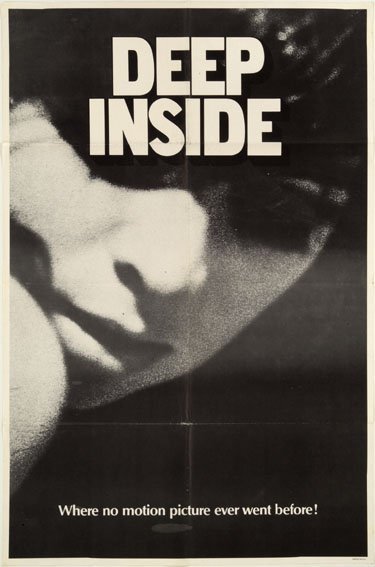
Even demonstrably false or irrelevant information can influence judgments, which in turn influence decisions. (…)
Policy makers have long recognized the potential danger of false statements by advertisers. But in the belief that most adults are suitably skeptical about promotional puffery, Congress has tried to prohibit only the most blatantly false or explicitly misleading claims.
But what about merely irrelevant statements, or only implicitly misleading ones? Standard economic models say such claims are, well, irrelevant, so there should be no need to regulate them. But according to recent behavioral research, it’s a distinction without a difference.
Although cigarette advertisements, for example, typically portray smokers as young, healthy and attractive, smoking can make people look older and less healthy. Such ads make no explicitly false claims, but that doesn’t make them less misleading, even for informed consumers.
related { A girl playing noughts and crosses, a Playboy centrefold, Sky satellite dishes, the trill of a modem – all have hidden meanings | The secret messages written into the fabric of our world }
Totally Enormous Extinct Dinosaurs Remix
download { CFCF’s mix at PS1 | Letherette’s mix | Phoenix, Wolfgang Amadeus Phoenix }
‘I submit that the world would be much happier, if men were as fully able to keep silence as they are to speak.’ –Spinoza
About 13.7 billion years ago, the big bang created a big mess of matter that eventually gave rise to life, the universe, and everything. Now a new material may help scientists understand why.
The material was designed to detect a theorized but unproven property of electrons, subatomic particles with a negative charge that orbit the centers of atoms.
If this “new” property of electrons exists, scientists say, it would help explain the current imbalance between matter and antimatter in the universe. (…)
The sheer fact that we’re here must mean that matter behaves slightly different than antimatter, so that over time the universe has accumulated more ordinary matter than antimatter.
related { Nonexpanding Cosmology Attempts to Oust Big Bang Theory }
Also I think I
Reverse-engineering the human brain so we can simulate it using computers may be just two decades away, says Ray Kurzweil, artificial intelligence expert and author of the best-selling book The Singularity is Near.
It would be the first step toward creating machines that are more powerful than the human brain. These supercomputers could be networked into a cloud computing architecture to amplify their processing capabilities. Meanwhile, algorithms that power them could get more intelligent. Together these could create the ultimate machine that can help us handle the challenges of the future, says Kurzweil.
related { The Man Who Made a Copy of Himself. A Japanese roboticist is building androids to understand humans–starting with himself. | ieee Spectrum | full story }
‘It is obvious that we always succeed better through Reason and the love of truth than through remorse and sorrow.’ –Spinoza

David Larcker and Anastasia Zakolyukina of Stanford’s Graduate School of Business analysed the transcripts of nearly 30,000 conference calls by American chief executives and chief financial officers between 2003 and 2007. They noted each boss’s choice of words, and how he delivered them. They drew on psychological studies that show how people speak differently when they are fibbing, testing whether these “tells” were more common during calls to discuss profits that were later “materially restated”, as the euphemism goes. They published their findings in a paper called “Detecting Deceptive Discussions in Conference Calls”.
Deceptive bosses, it transpires, tend to make more references to general knowledge (“as you know…”), and refer less to shareholder value (perhaps to minimise the risk of a lawsuit, the authors hypothesise). They also use fewer “non-extreme positive emotion words”. That is, instead of describing something as “good”, they call it “fantastic”. The aim is to “sound more persuasive” while talking horsefeathers.
When they are lying, bosses avoid the word “I”, opting instead for the third person. They use fewer “hesitation words”, such as “um” and “er”, suggesting that they may have been coached in their deception.
installation { Sebastian Wickeroth, Strategie der Steine 3, Junger Westen, Kunsthalle Recklinghausen, 2007 }
‘Recognize meat for what it really is: the antibiotic and pesticide laden corpse of a tortured animal.’ –Ingrid Newkirk, PETA President
On May 15, 1985, trainers at Hawaii Sea Life Park were stunned when a 400- pound gray female bottlenose dolphin named Punahele gave birth to a dark-skinned calf that partly resembled the 2,000-pound male false killer whale with whom she shared a pool. The calf was a wholphin, a hybrid that was intermediate to its parents in some characteristics, like having 66 teeth compared with the bottlenose’s 88 and the 44 of the false killer whale, a much larger member of the dolphin family. (…)
While several examples of human-bred animal hybrids are well known and can thrive in captivity including zorses (zebra-horse), beefalo (bison-beef cattle) and, of course, mules (donkey-horse), naturally occurring animal hybrids have many factors working against their longer-term success.
Throw them the bone. I remember slightly. How long since your last mass?

Kent Kiehl has studied hundreds of psychopaths. Kiehl is one of the world’s leading investigators of psychopathy and a professor at the University of New Mexico. He says he can often see it in their eyes: There’s an intensity in their stare, as if they’re trying to pick up signals on how to respond. But the eyes are not an element of psychopathy, just a clue.
Officially, Kiehl scores their pathology on the Hare Psychopathy Checklist, which measures traits such as the inability to feel empathy or remorse, pathological lying, or impulsivity.
“The scores range from zero to 40,” Kiehl explains in his sunny office overlooking a golf course. “The average person in the community, a male, will score about 4 or 5. Your average inmate will score about 22. An individual with psychopathy is typically described as 30 or above. Brian scored 38.5 basically. He was in the 99th percentile.”
“Brian” is Brian Dugan, a man who is serving two life sentences for rape and murder in Chicago. (…)
Dugan is smart — his IQ is over 140 — but he admits he has always had shallow emotions. He tells Kiehl that in his quarter century in prison, he believes he’s developed a sense of remorse.
“And I have empathy, too — but it’s like it just stops,” he says. “I mean, I start to feel, but something just blocks it. I don’t know what it is.”
Kiehl says he’s heard all this before: All psychopaths claim they feel terrible about their crimes for the benefit of the parole board.
“But then you ask them, ‘What do you mean, you feel really bad?’ And Brian will look at you and go, ‘What do you mean, what does it mean?’ They look at you like, ‘Can you give me some help? A hint? Can I call a friend?’ They have no way of really getting at that at all,” Kiehl says.
Kiehl says the reason people like Dugan cannot access their emotions is that their physical brains are different. And he believes he has the brain scans to prove it.
image { Richard Boulet }
I love Eastern philosophy. It’s… it’s metaphysical, and redundant. Abortively pedantic.

{ Over the weekend, 9/11 memorials were held across the nation. In New York, one such memorial was held at City Hall Park. Organized by inventors Steven Brandstetter and James Devlin of J&S Gaming, the event featured the pair’s Lottery Ball Characters which were turned into life sized costumes to represent the likeness of a police officer and a fireman. | adrants via copyranter }
Poisons the only cures. Remedy where you least expect it. Clever of nature.

Biologists who study mutualism have long believed that the solution to cheating is to punish cheaters—but a new model suggests that the benefits gained from playing nice might be enough to deter cheating.
photos { 1. Ron Jude | 2 }
They don’t seem to chew it; only swallow it down.

{ “A real piglet that has been taxidermied and inserted with what all piglets probably dream of as babies, a coin storage unit and a cork plug.” | $4,000 | thecheeky.com }


